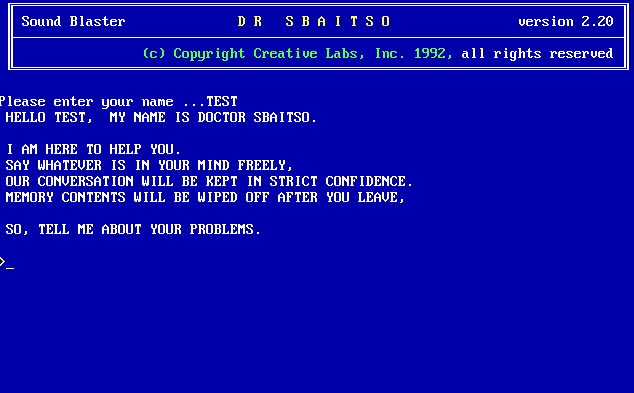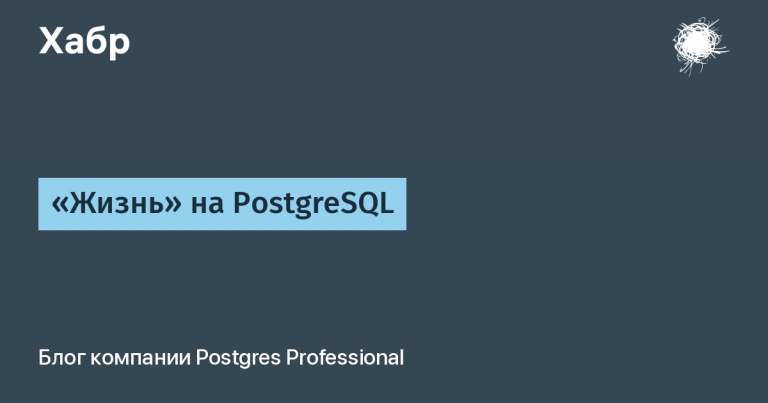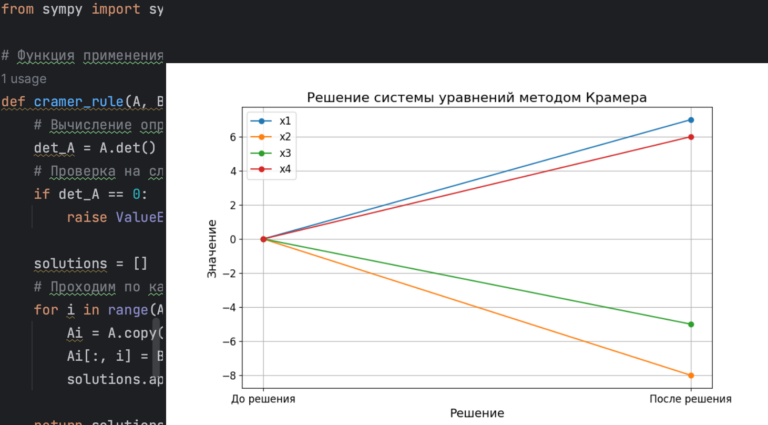What is the role of the modern Chief Information Security Officer (CISO) and how to become one
In today's world, where cyber threats are becoming more sophisticated and destructive, the role of the Chief Information Security Officer (CISO) has become important. Today, every company, be it a large corporation or a small enterprise, needs a competent leader who will be responsible for protecting information. This is what the Chief Information Security Officer (CISO) position is created for. He serves as the strategic leader responsible for protecting the organization's critical data and assets from cyber attacks.
My name is Artyom Kalashnikov, I am an expert at the Softline Academy in the field of cybersecurity in the credit and financial sector, retail, and industrial sectors, a mentor for the “Information Security Director CISO” and “Digital Transformation Leader CDTO” retraining programs. In this article, we'll look at how the role of the CISO has changed in recent years and what you need to do to become a truly effective and in-demand CISO.
The Evolution of the CISO Role
Traditionally, CISOs have been viewed as technical specialists focused on implementing and managing technology-based security solutions. But in recent years, the role of the CISO has expanded significantly to cover a wider range of responsibilities.

A modern CISO is responsible for developing and implementing an information security strategy, controlling access to confidential information, and responding to possible threats and incidents. In addition, he is responsible for ensuring compliance with data protection legislation.
At the same time, the information security director must not only be a highly qualified specialist in the industry, but also have leadership qualities that allow him to see gaps in the company’s information security, predict potential risks and prevent possible problems before they arise.
In addition to comprehensive and systemic knowledge about digital technologies and programs, a CISO must understand how to build effective and coordinated work of the information security service in a company, how to develop corporate programs and strategies, and how to adapt them to business processes.
Key Responsibilities of a CISO

The responsibilities of a CISO can vary depending on the size and industry of the organization, but the main ones include:
Development and implementation of a cybersecurity strategy in accordance with the company's business goals and regulatory requirements. The strategy should include methods for identifying potential threats, developing policies for their prevention and minimization.
Cybersecurity risk management: CISO assesses information security risks, develops response and mitigation plans for possible incidents;
Ensuring compliance with legal requirements and regulatory standards: CISO monitors changes in legislation and promptly implements them into the organization's activities. This allows you to avoid fines and prevent data leaks and security breaches.
Development and support of protection systems such as firewalls, anti-virus programs, intrusion detection systems and others. All systems must be checked and updated regularly to protect against the latest threats and attacks.
Creating a safety culture within the company. The CISO leads and manages a team of cybersecurity professionals, ensuring they are trained, developed and motivated. Regular training, safety audits and the implementation of strict policies will help employees effectively contribute to a safe work environment.
Collaborate with other departments such as IT, Legal and Finance to increase cybersecurity awareness and create a consistent security culture throughout the company.
How to become an effective CISO
Becoming a successful CISO requires extensive knowledge of information technology and cybersecurity. A CISO must be prepared to continually learn and improve as cyber threats evolve and it is important to stay abreast of the latest information security trends and developments. This will allow you to quickly adapt to new threats and use advanced solutions to protect the company.
In addition, the CISO must have strong leadership and communication skills, and be able to interact effectively with technical specialists, senior management and other stakeholders. The CISO must be able to communicate risks and security controls clearly and persuasively to gain the support and resources needed to effectively protect the organization.
Professional retraining programs will help you become a highly effective and in-demand CISO on the market. The training will be useful both for information security specialists who are interested in professional growth, and for current directors who want to update their knowledge and skills.
Educational programs will help you develop the necessary set of soft and hard skills to successfully complete professional tasks and adopt the best practices from colleagues and expert mentors.
After completing the training, you will understand how to organize the organized work of the information security service, learn how to develop corporate programs and strategies, conduct cyber exercises and audits, and also interact with response centers at various levels.
Conclusion
Becoming a successful CISO is not easy, but it is possible with the necessary education, experience and a constant desire to develop. Participation in specialized conferences, training in advanced training courses and professional retraining are excellent ways to stay up to date with the latest trends in information security and improve your skills.
An effective CISO is a valuable asset for any organization looking to protect its data and systems from cyber threats. Investing in developing and maintaining a strong information security team led by an experienced CISO is critical to ensuring an organization's security and success in the digital age.





